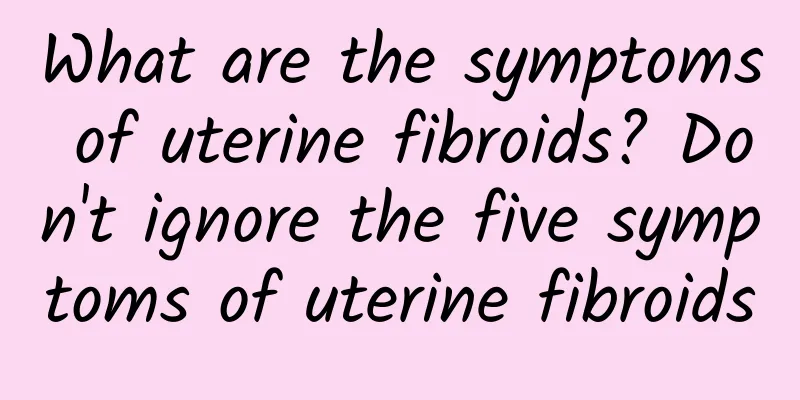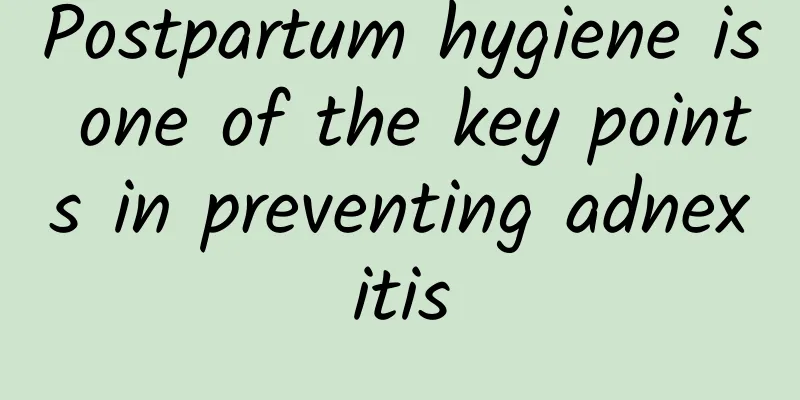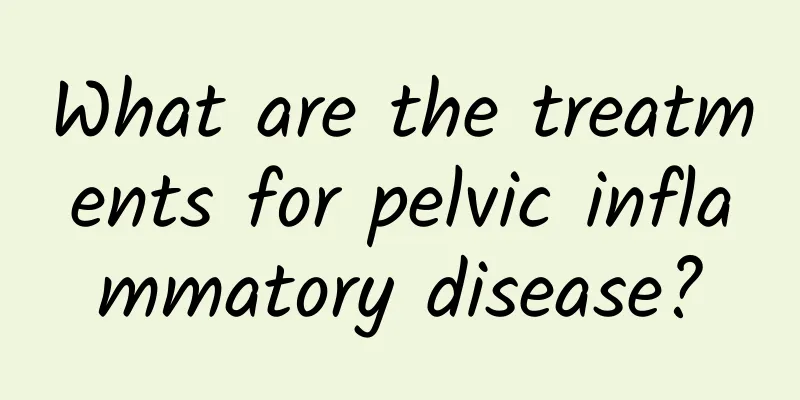What are the symptoms of uterine fibroids? Don't ignore the five symptoms of uterine fibroids

|
What are the symptoms of uterine fibroids? (1) Increased menstruation Submucosal and intramural fibroids often occur, which manifest as menorrhagia, prolonged menstruation or irregular vaginal bleeding. The main reason for increased bleeding is that the area of the endometrium increases, which hinders uterine contraction, affects blood circulation, and causes endometrial congestion. Due to long-term bleeding, patients often have varying degrees of anemia. (ii) Lower abdominal mass When the subserosal or intramural fibroids grow larger than the pelvic cavity, the patient can go to the hospital to treat the lump by himself, accompanied by a feeling of falling. Compression symptoms Fibroids located in the lower part of the uterus and cervix, if embedded in the pelvic cavity, can compress pelvic tissues and nerves, causing lower abdominal pain and back pain. Fibroids growing forward or backward can compress the bladder, urethra, or rectum, causing frequent urination, dysuria, urinary retention, or constipation. When fibroids grow on both sides, they form broad ligament fibroids, compressing the ureter or hydronephrosis; if they compress pelvic blood vessels and lymphatic vessels, they can cause lower limb edema. 4. Pain Rarely, in addition to the pain caused by pelvic nerve compression, pedunculated submucosal fibroids can also cause pain caused by uterine contractions. When the fibroids block the cervical canal and hinder the outflow of menstrual blood, it can cause dysmenorrhea. When the pedicles of pedunculated subserosal fibroids are twisted or the uterine fibroids undergo red degeneration or infection during pregnancy, it can cause severe abdominal pain. (5) Effects on pregnancy and childbirth Subserosal fibroids generally do not affect pregnancy. When uterine horn wall fibroids compress the interstitial part of the fallopian tube and submucosal fibroids, causing endometrial infection and complicated endometrial hyperplasia, it can cause infertility. If you can get pregnant, sometimes insufficient blood supply or uterine cavity stenosis will hinder fetal development, leading to miscarriage and premature birth. When the pregnancy is full-term, the deformation of the uterine cavity can lead to malposition of the fetus, and fibroids can hinder uterine contractions, dystocia and postpartum hemorrhage. |
<<: What are the symptoms of uterine fibroids? What are the key points of uterine fibroids?
>>: How are uterine fibroids formed? Uterine fibroids are generally formed by estrogen stimulation.
Recommend
The cause of bilateral obstruction of fallopian tubes
The fallopian tube is not smooth. The fallopian t...
How to take medicine for medical abortion?
As women's minds become more open, premarital...
Is it serious or will it heal quickly if the Bartholin's gland is oozing pus?
Bartholinitis is a gynecological disease. Althoug...
Can I drink He Xiang Zheng Qi Liquid if I have constipation 24 days after ectopic pregnancy surgery?
If you suffer from constipation 24 days after ect...
Clinical nursing of hyperprolactinemia
Hyperprolactinemia, also known as hyperprolactine...
What to eat during menstruation
During menstruation, eat iron-rich foods, fiber-r...
Is the lower abdominal pain caused by acute pelvic inflammatory disease?
Is abdominal pain caused by acute pelvic inflamma...
How effective is microwave therapy for cervical erosion?
When women with cervical erosion have abnormal se...
Traditional Chinese medicine can be used to treat primary amenorrhea
Amenorrhea can be divided into primary amenorrhea...
Experts tell you the effect of uterine fibroids treatment!
Uterine fibroids and pregnancy affect each other....
What examinations do patients with cervicitis need to take? Daily precautions for women with cervicitis
Cervicitis is an internal vaginal disease. It is ...
Will pelvic peritonitis heal on its own without treatment?
With the development of society, the pace of life...
Can I have a baby if I have an ovarian cyst? What are the consequences?
Can pregnancy with ovarian cysts be born? What ar...
What are the symptoms of irregular menstruation?
What are the common symptoms of irregular menstru...
Experts explain the common causes of vulvar leukoplakia
It is beneficial for female friends to understand...









